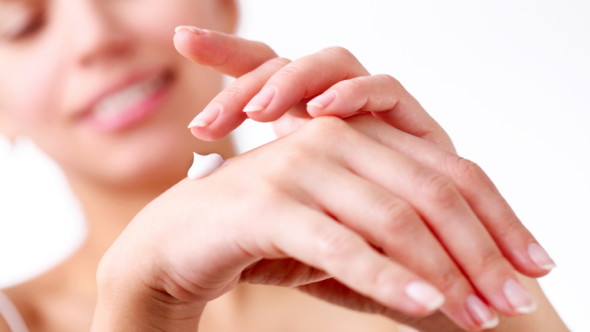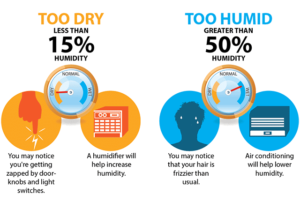
8 Steps to Combat Chapped Winter Skin
Winter is upon us again, and for some of us, uncomfortably dry skin is on its way. For many, winter conditions create a dry and tight feeling around the face and hands, but some experience redness, flaking, cracking and even eczema as a reaction to chilly air. Turning on the heat inside, no matter what kind of heat is used, creates a dry environment that only worsens the symptoms. If the above scenario sounds familiar, read on to find out 8 things you can do to give your skin some relief this winter.
8.) Hot Water Can Hurt
Hot showers or baths can deteriorate the lipid barriers in the skin, causing the skin to lose its moisture holding ability. If dry skin is a problem, keep your hot showers/baths short and/or turn down the temperature to just above luke warm.
7.) Preserve the Oils
Face products like peels and cleansers often have chemicals in them that dry out the face. Avoid products that use alcohol or astringents, and instead go for hydrating products. Preserving the important oils in the skin will protect from the dreaded chapped feeling.
6.) Give Your Feet a Hand
Winter is known for drying out feet. Using lotions that contain glycerine and or petroleum jelly can help. Periodically removing dead skin from the feet will also help as it creates a surface that is optimized for moisture absorption.
5.) Humidity is Our Friend
In the south, people rarely say anything good about humidity. Well folks, humidity is our friend in the winter. All heating systems dry out the air and our skin. Humidifiers are designed to get moisture back in the air and can help keep our skin from drying out as bad. Sleep with a humidifier in your room at night and place one where you spend your time during the day and your skin will thank you.

4.) Less Glands in Your Hands
The skin on our hands has fewer oil glands and is thinner than most other parts of our body. We also wash them more than any other body part. This is why our hands are so prone to dry out and are harder to keep hydrated. Gloves do more than just keep our hands warm when out in the weather, they also prevent our hands from getting dry and chapped. Chapped hands will cause discomfort hours later even when warm and inside. Wear gloves more often when going out into winter air.
3.) Sunscreen is Not Just For Summer
The sun in winter, especially when combined with snow, can really damage your skin. This is because the rays of the sun hit you on their way down, then bounce of the snow and hit you again on their way up, exposing your skin to the same rays twice. If you are going out for winter fun on a sunny day, try using a broad spectrum sunscreen applied 15-30 minutes before going out, and then reapply as need throughout the day.
2.) Understand Moisturizers
Have one hydrating strategy for summer, another for winter. In Winter your skin will benefit from an “ointment” that is oil based. Often these “ointment” type products are called “night creams.” The oils fend off the chapped felling by coating your skin in a protective layer and will help your skin retain moisture as well. If you are using the product on your face it is important to only consider oils that will not clog up the pores. Almond, avocado, primrose or mineral oil would be appropriate. A humectant is a substance that will attract moisture to your skin;often seen as sorbitol, glycerine, alpha-hydroxy acids, and these are great for your hands.
1.) Partner With a Professional
If your skin is prone to uncomfortable dryness, and/or cracking and your current winter solution is lacking, it may be time to see a dermatologist or esthetician. They can determine your skin type and help you develop a custom strategy for taking on winter conditions. Many times this can actually save you money by revealing that many of the products you use are not optimized for dealing with your specific situation. Sometimes a handful of products can be replaced by 1 or 2, simplifying your skin care regimen and making it more effective at the same time!
